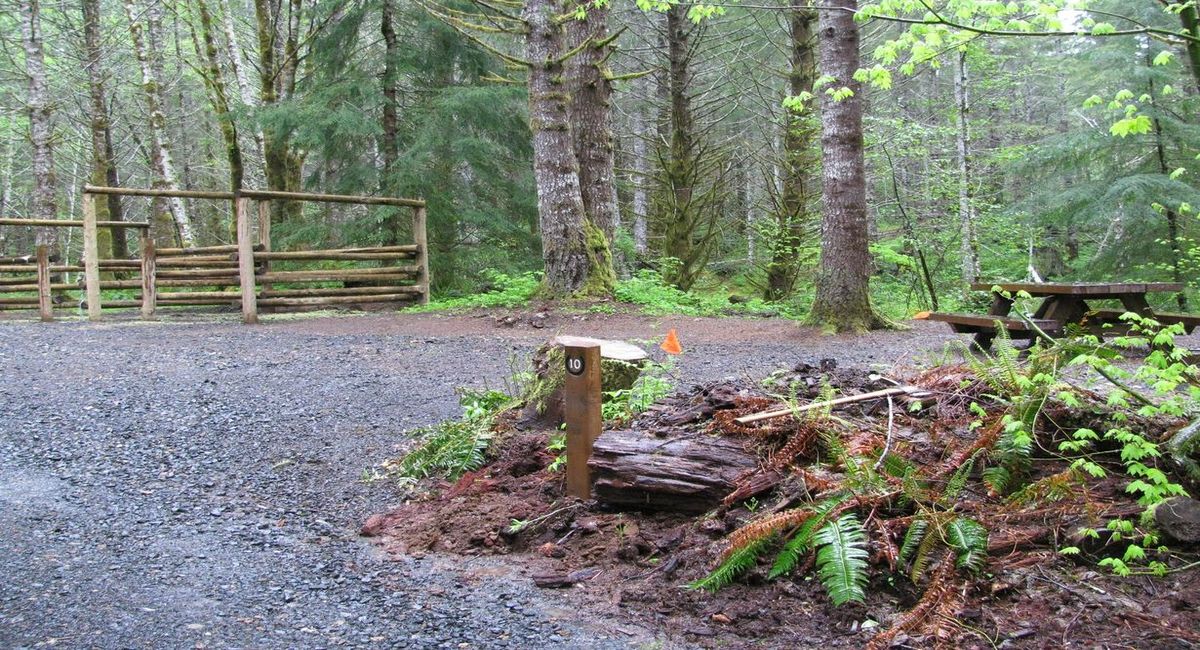Secrets Of Oregon’s Tillamook Forest Logging Camps

Ever wondered what life was like in Oregon's Tillamook Forest logging camps? These camps were bustling hubs of activity, filled with hardworking loggers who braved the elements to harvest timber. Imagine waking up to the sound of saws and the smell of fresh pine, surrounded by towering trees. Life in these camps wasn't just about work; it was a tight-knit community where everyone knew each other. From hearty meals in the mess hall to evenings spent swapping stories around a campfire, these camps had a unique charm. Let's dive into the history, daily life, and lasting impact of these fascinating logging camps.
Secrets of Oregon's Tillamook Forest Logging Camps
Oregon's Tillamook Forest holds a rich history of logging camps that once thrived in its dense woods. These camps were more than just places where trees were cut down; they were communities where loggers lived, worked, and built a unique culture. Let's uncover some of the secrets hidden within these historic logging camps.
The Birth of Logging Camps
Logging camps in the Tillamook Forest began to emerge in the early 20th century. These camps were essential for the timber industry, providing a base for loggers to rest and refuel. Here are a few notable camps that played a significant role in the forest's history.
Camp 18
- Located near Elsie, Camp 18 is now a museum and restaurant. It offers a glimpse into the past with its collection of logging equipment and memorabilia. The camp's massive log cabin structure is a testament to the craftsmanship of the loggers who built it.
Camp McGregor
- Situated along the Wilson River, Camp McGregor was one of the largest logging camps in the area. It housed hundreds of workers and their families. The camp had its own school, store, and even a post office, making it a self-sufficient community.
Life in the Camps
Life in these logging camps was tough but also filled with camaraderie and a sense of purpose. Loggers worked long hours in harsh conditions, but they also found ways to enjoy their time off. Here are some aspects of daily life in the camps.
Bunkhouses
- Bunkhouses were the heart of the logging camps. These simple wooden structures provided shelter for the loggers. Each bunkhouse could house dozens of men, who slept in bunks stacked three high. Despite the cramped quarters, loggers formed close bonds with their bunkmates.
Mess Halls
- The mess hall was where loggers gathered to eat their meals. These large dining rooms served hearty food to fuel the workers for their grueling days. Meals were a time for loggers to relax, share stories, and build a sense of community.
The Tools of the Trade
Logging in the Tillamook Forest required specialized tools and equipment. These tools evolved over time, reflecting advancements in technology and changes in logging practices. Here are some of the key tools used by loggers.
Crosscut Saws
- Before chainsaws became common, loggers relied on crosscut saws to fell trees. These long, two-handled saws required teamwork and skill to operate. The rhythmic back-and-forth motion of the saws was a familiar sound in the forest.
Steam Donkeys
- Steam donkeys were powerful machines used to haul logs out of the forest. These steam-powered winches could move massive logs with ease, making the logging process more efficient. The sight and sound of a steam donkey in action were awe-inspiring.
The Tillamook Burn
The Tillamook Burn was a series of devastating wildfires that swept through the forest in the 1930s and 1940s. These fires had a profound impact on the logging camps and the forest itself. Here are some key events related to the Tillamook Burn.
The First Fire (1933)
- The first of the Tillamook Burn fires started in August 1933. It burned over 240,000 acres of forest, destroying several logging camps in its path. The fire's intensity and speed caught many loggers off guard, forcing them to flee for their lives.
Reforestation Efforts
- After the fires, massive reforestation efforts were undertaken to restore the forest. Loggers, along with volunteers and government workers, planted millions of trees. These efforts helped the forest recover and ensured the continuation of the logging industry.
Legacy of the Logging Camps
The legacy of the logging camps in the Tillamook Forest lives on through museums, historical sites, and the stories passed down by those who lived and worked there. These camps played a crucial role in shaping the region's history and culture. Here are a few ways their legacy is preserved.
Tillamook Forest Center
- The Tillamook Forest Center serves as an educational hub, offering exhibits and programs about the forest's history, including its logging camps. Visitors can learn about the challenges and triumphs of the loggers who once called the forest home.
Annual Logging Shows
- Annual logging shows and competitions celebrate the skills and traditions of the logging industry. These events feature log rolling, axe throwing, and other logging-related activities, keeping the spirit of the logging camps alive for new generations.
Discovering Tillamook Forest's Hidden History
Tillamook Forest's logging camps offer a unique glimpse into Oregon's past. These camps, once bustling with loggers, now stand as silent witnesses to a bygone era. Exploring these sites, you can almost hear the echoes of saws and the shouts of workers. The forest itself, with its towering trees and winding trails, adds to the sense of adventure. Visiting these camps isn't just about history; it's about connecting with nature and understanding the hard work that shaped the region. Whether you're a history buff or just love the outdoors, Tillamook Forest has something special to offer. So next time you're in Oregon, take a detour and step back in time. You'll leave with a deeper appreciation for the forest and the people who once called it home.

